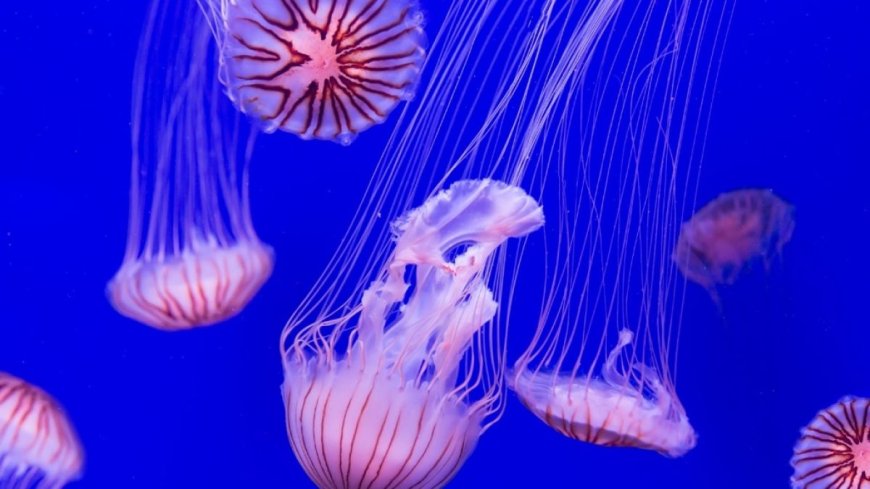Jellyfish Shutdown: Nature's Unexpected Impact on France's Nuclear Power
Explore how a massive jellyfish bloom led to the temporary shutdown of France's Gravelines Nuclear Power Plant, highlighting the impact of climate change on critical infrastructure.

Introduction: Nature's Unlikely Disruption
In a rare and unexpected event, four reactors at France's Gravelines Nuclear Power Plant were temporarily shut down due to a massive influx of jellyfish clogging the facility's cooling system. This incident underscores the vulnerability of critical infrastructure to natural phenomena, highlighting the complex interplay between environmental changes and industrial operations.
Incident Overview
On August 10, 2025, a significant jellyfish bloom infiltrated the Gravelines plant's water intake system, leading to the automatic shutdown of four of its six reactors. The jellyfish obstructed the filter drums of the cooling system's pumping stations, essential for regulating the reactors' temperatures. Two reactors were already offline for scheduled maintenance, leaving the plant temporarily without power generation capabilities.
The plant's operator, Électricité de France (EDF), confirmed that the shutdown posed no safety risks to personnel or the environment. The incident did not affect France's electricity supply, as the country maintains a diverse energy mix and imports power from neighboring nations when necessary.
The Role of Climate Change
Marine biologists attribute the jellyfish bloom to rising sea temperatures in the North Sea, a consequence of global climate change. Warmer waters and stable salinity levels provide favorable conditions for jellyfish reproduction, leading to increased populations. This phenomenon has been observed globally, with similar incidents reported at nuclear facilities in Scotland, Sweden, Japan, and the United States.
The introduction of invasive species, such as the Asian Moon jellyfish, has further exacerbated the issue. These species thrive in warmer waters and have been detected in regions where they were previously absent, including the North Sea.
Historical Context and Precedents
This is not the first time jellyfish have disrupted nuclear operations. In 1993, the Gravelines plant experienced a similar shutdown due to jellyfish clogging its cooling system. Other facilities, including Torness Nuclear Power Station in Scotland and plants in Sweden, Japan, and the United States, have faced comparable challenges.
These recurring incidents highlight the need for enhanced monitoring and mitigation strategies to protect critical infrastructure from natural disruptions.
Mitigation Strategies and Technological Innovations
To address the growing threat of jellyfish blooms, scientists and engineers are developing innovative solutions. Researchers at the University of Bristol have created an early warning system capable of predicting jellyfish surges, allowing power plants to take preventive measures before the influx occurs. Additionally, some facilities are exploring the use of drones equipped with sensors to detect and track jellyfish movements in real time.
EDF has also implemented physical barriers and filtration systems designed to prevent jellyfish from entering the cooling intake. These measures aim to reduce the frequency and impact of such disruptions.
Broader Implications
The Gravelines incident serves as a stark reminder of the interconnectedness between human infrastructure and the natural environment. It underscores the importance of considering ecological factors in the design and operation of critical facilities. As climate change continues to alter marine ecosystems, industries must adapt to mitigate the risks posed by natural phenomena.
The event also raises questions about the resilience of nuclear power as a sustainable energy source. While nuclear energy produces low greenhouse gas emissions, its reliance on stable environmental conditions for cooling poses challenges in a changing climate.
Conclusion
The temporary shutdown of the Gravelines Nuclear Power Plant due to a jellyfish bloom highlights the unforeseen challenges posed by climate change to critical infrastructure. As the frequency of such incidents increases, it is imperative for industries and governments to invest in adaptive strategies and technologies to safeguard essential services. The incident serves as a call to action for a more integrated approach to environmental stewardship and industrial resilience.








